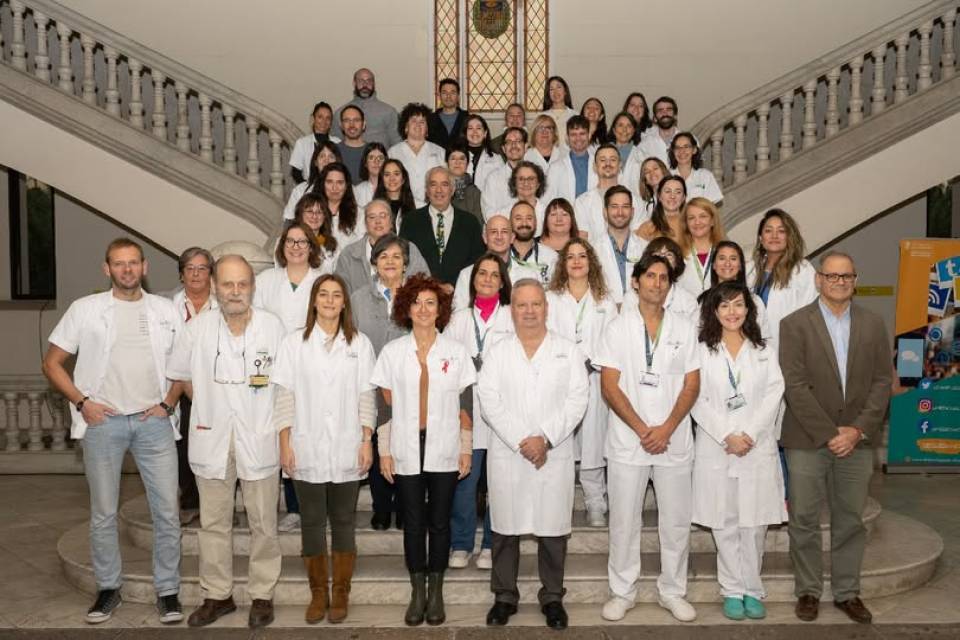So, to quit, you have to get through the pain and work on the dependency, the craving and the ambivalence: “I want to quit, but I miss it and think about it a lot!” And if we say it is an addiction, we shall approach it as such. What does the scientific evidence tell us? Well, that a pharmacological approach is needed, and above all a psychotherapeutic one, continued over time. Let us not forget that we are dealing with a chronic disease that can lead to relapses and is the pathology that causes the most mortality and associated illness. Quitting smoking improves health, significantly reduces the risk of disease and mortality and, as a result, increases quality of life.
The disease that causes the most mortality
Quitting smoking is not easy. How can we do it? We are saying that quitting smoking is not easy, but it is possible and can be achieved. In fact, millions of people around the world have stopped smoking and are stopping right now.
Quitting smoking is possible
Currently, there is an excellent range of pharmacological treatments available to help people stop smoking: there are many different types, acting through different mechanisms, and therefore able to be adapted and personalized according to the profile and the characteristics of the individual smoker.
Nicotine replacement therapy, in the form of patches, chewing gum, lozenges or spray, was the first pharmacological treatment to appear on the market. Then bupropion appeared and now varenicline and cytisinicline have been added.
And what does a psychotherapeutic approach involve? Individual visits with a trained professional and/or therapy sessions that provide psychoeducation, information, exchanges between smokers and professional advice based on a motivational approach.
The greatest effectiveness comes from combining a pharmacological approach with a psychotherapeutic approach. Quitting smoking requires an active and determined attitude to want to do it! On this basis, the most appropriate personalized strategy is sought and found in each case.





